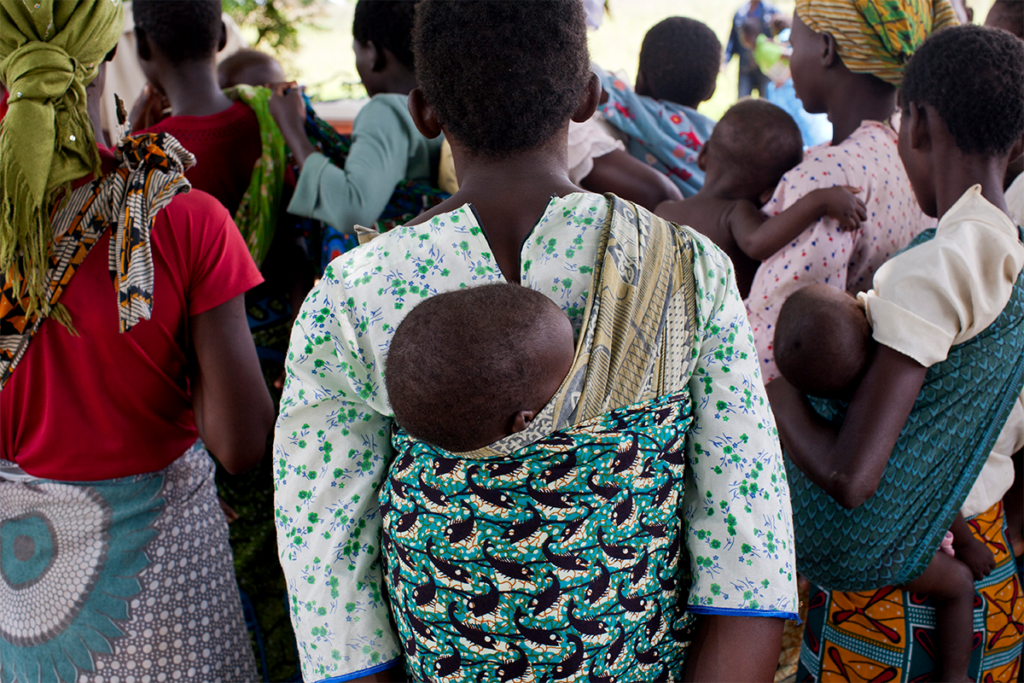In sub-Saharan Africa, 85% of the population visits traditional healers for medical services (Nolna et al., 2020). The World Health Organization (WHO) acknowledges the important role of traditional medicine and recommends integrating traditional healers into the health care system. Traditional healers are trusted members of the community who use a cultural holistic approach. Many people living in rural areas especially rely on traditional medicine since it can be more accessible and affordable than the modern health care system (Krah et al., 2017).
I recently read a Science Speaks blog post about new evidence presented at CROI 2021 that describes a study showing how onsite HIV testing with traditional healers increases testing rates and linkages to care. These findings sparked my interest in how traditional healers could connect more people to care and testing. We know that the COVID-19 pandemic has exacerbated inequities in access to care in the modern health care system, and I wondered whether traditional healers could be part of a solution to increase access to COVID-19 testing, care and even vaccines. I found two studies that start to answer my question – one study examines whether traditional healers are willing to be part of primary care and the other study investigates the effectiveness of a collaboration between traditional healers and an existing health program. I describe the studies here.
Are traditional healers willing to be part of the primary health care system?
The first study uses a qualitative approach. Carolyn Audet and colleagues (2020) interviewed traditional healers in South Africa to gauge their attitudes on partnering with local health care providers to perform HIV counseling and testing services. The researchers conducted 30 structured in-depth interviews with the most active traditional healers who participated in a previous study on HIV exposure during patient care. The interviews covered the topics of referrals and counseling and testing services. Audet et al. find that 29 of the 30 traditional healers already refer or accompany patients whom they believe to be living with HIV to a clinic for testing or counseling. The traditional healers make referrals before they apply their own treatment methods.
Most of the traditional healers interviewed (90%) expressed interest in providing HIV counseling and testing services. The traditional healers themselves underwent HIV testing during the previous study, which may influence their willingness to test patients. However, the healers noted other reasons including building the trusting relationship between healer and patient and a desire to reduce HIV stigma. One traditional healer stressed confidentiality as a benefit of testing with a traditional healer:
“Some people are scared of going to the clinic and they don’t want to be seen by other people that they are doing the HIV tests, they want it to be confidential. There are some patients that come to me at night and I can be able to do the HIV tests and give them their results.” – Female traditional healer
Can collaborations between traditional healers and existing health programs increase effectiveness?
The second study uses a quantitative approach. Sylvie Kwedi Nolna and colleagues (2020) conducted a quasi-experimental study in seven sub-Saharan African countries to investigate whether the addition of traditional healers into national Human African trypanosomiasis (also known as sleeping sickness) programs increases case findings. National Sleeping Sickness Control Program (NSSCP) staff recruited and trained 28 traditional healers on the clinical symptoms of sleeping sickness with the goal that traditional healers would properly identify potential patients and refer them to NSSCP centers for testing. Complete diagnosis of sleeping sickness relies on an initial screening test followed by microscopic examination of blood samples for confirmation.
The traditional healers in the study received trackable pink cards and were instructed to provide those cards to the patients they referred to the NSSCP centers. Nolna et al. report that 278 patients arrived at the centers with these pink cards. Of the 278 referrals, 20 tested positive in the initial screening with 12 of those confirmed for sleeping sickness with blood samples.
My takeaways
Both of the above studies reveal how traditional healers could be a positive addition to the modern health care system. The inclusion of traditional healers in the system can expand access to primary care for many people who only seek the care of traditional healers. The 2003 WHO resolution calls for the recognition of traditional healers as important primary care resources which can have important implications for the current pandemic and future ones.
However, a study by Lampiao et al. (2019) finds that traditional healers are more open to working with medical professionals than medical professionals working with them. In an emergency like a pandemic, medical professionals may not want to take the time to train healers on symptoms and testing, because to them it might not make a difference. Lampiao et al. also reveal that medical professionals don’t always trust or respect the skills of traditional healers. Since connections between traditional healers and medical professionals could improve the trust that patients have in health care, it will be important to look for ways to build the trust between traditional healers and medical professionals.
Understanding and optimizing the positive contributions of traditional medicine is also an important step in decolonizing global health. Traditional healers are often valued members of their communities, but their resources and contributions are frequently overlooked by aid agencies and the broader scientific community.
Photo credit: Jeffrey Davis/Getty Images

